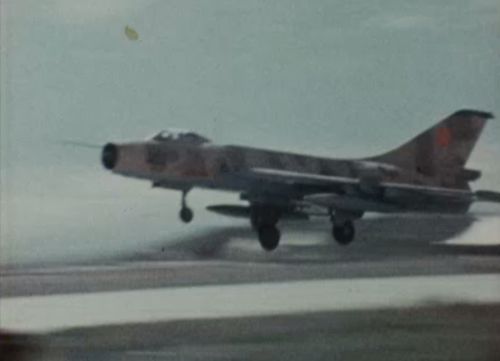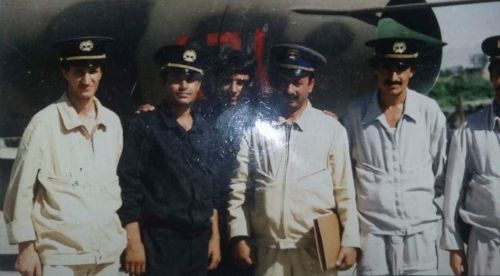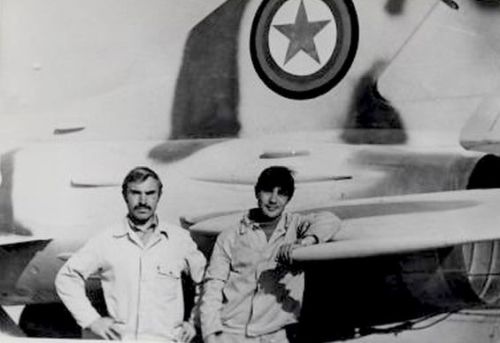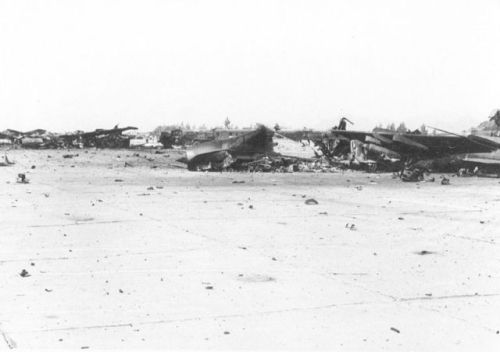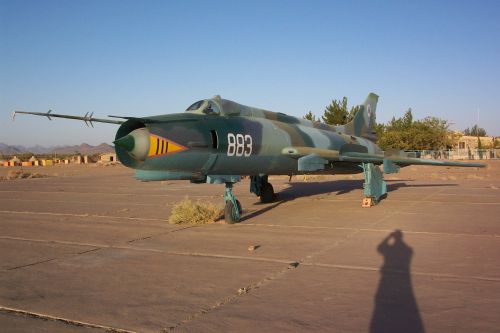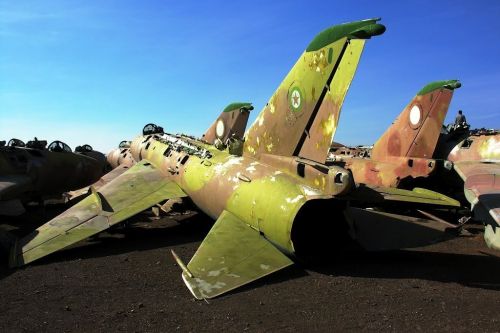|
|
||||||||||||
 |
||||||||||||
 |
|
The history of the Su-7 Fitter in Afghanistan. |
|
The first 11 Su-7BMK Fitter-A was delivered to the Royal Afghan Air Force in 1969, to meet the needs of the rapidly modernizing Afghan Airforce. Soviet An-12 Cub cargo aircraft transported these aircrafts from the factory to the Bagram airport. Two An-12 could transport one Su-7 Fitter. |
|
|
|||||||||||||
|
|
|
|
|
|
|
|
After the revolution, other provinces began to rebel against the government, who quickly turned to its modernized armed forces to squash the uprisings. Bagram's Su-7s were very active during 1979, conducting multiple operations across a number of provinces in the north and the east of the country. While The Su-7s range has always been a weakness it was sufficient enough to allow combat missions in the provinces to be undertaken directly from Bagram. |
|
|
||||||||||||||||||||||||||||||||
|
After the Soviet Invasion Afghan staff was sent to the soviet Krasnodar school, for retraining to Su-22. The afghan 355th Fighter-Bomber Air Regiment received factory new Su-22M Fitter-J swing wing bomber aircrafts in 1980 in Bagram airport. The early Su-7BMK Fitter-A bombers were replaced between 1980 and 1982 with the new Su-22M Fitter-J type. |
|
|
||||||||||||||||||||||||||||||||
|
The Sovietunion compensated the afghan losses. The Sovietunion delivered single-seater Su-7BMK bombers and Su-7U training aircrafts from Yeyskoye High Military Aviation School from the early eighties. The 335th Mixed Air Regiment’s MiG-21U trainers were replaced with the former soviet Su-7U Moujik trainer types. Later they received a small number of former Soviet Tactical Airforce’s Su-7BKL Fitter-A model too. |
|
Below: Former Yeyskoye Pilot School’s Su-7BMK Fitter-A pair after maintenance repair, waiting for overflight from the soviet Taganrog airfield to afghan Shindand airport in 1981. All Photos: B. Chetvertakov collection |
|||||
 |
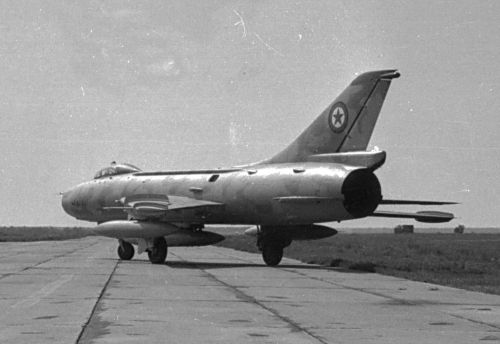 |
||||
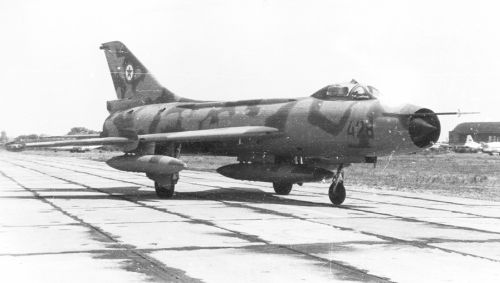 |
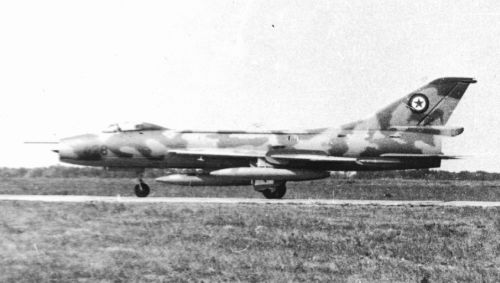 |
||||
 |
|||||
|
The Afghan Air Force members were not motivated. The combat load was too little. They only used S-5 rocket and FAB-100 or FAB-250 small bomb. The FAB-500 already was heavy load. According to the soviet advisors, the afghans didn't use intelligence data, instead they trusted God with the success of the missions. |
|
|
||||||||||||||||||||||||
|
|
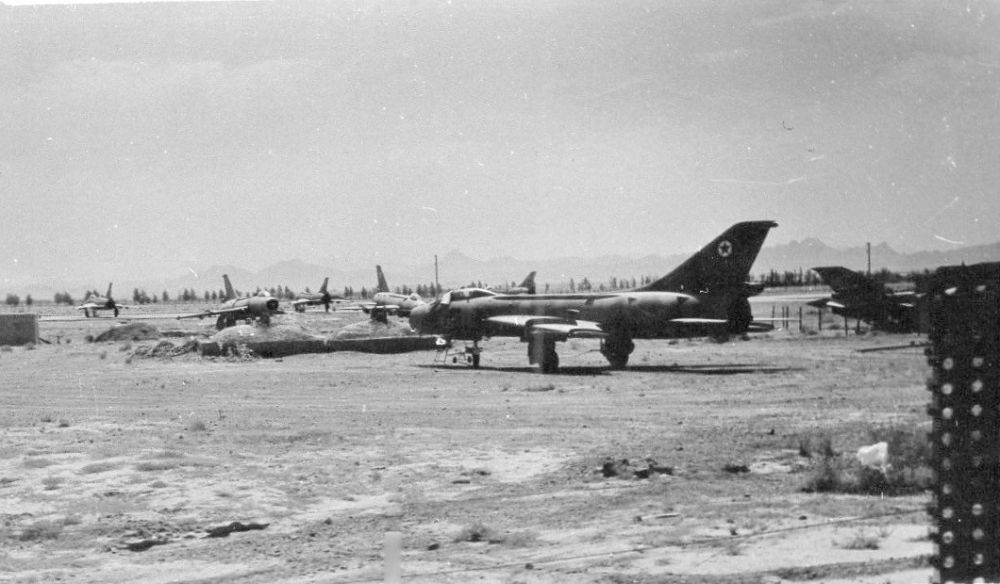 |
|
When the Soviet Union withdrew from Afghanistan in February 1989 the 335th regiment continued the combat operations with Su-7BMK/BKL Fitter-A fighter-bombers and a small number of IL-28 Beagle bomber types from Shindand airport. Afganistan used the Su-7 type for the longest time. |
|
|
||||||||||||||||||||||||||||||||
|
Source: oroginal text source unknown, AiK0707, www.airwar.ru |
